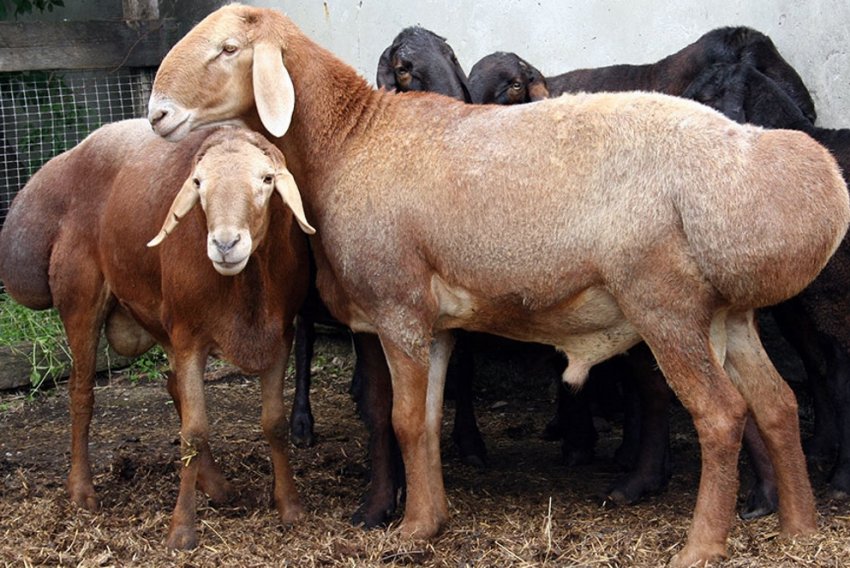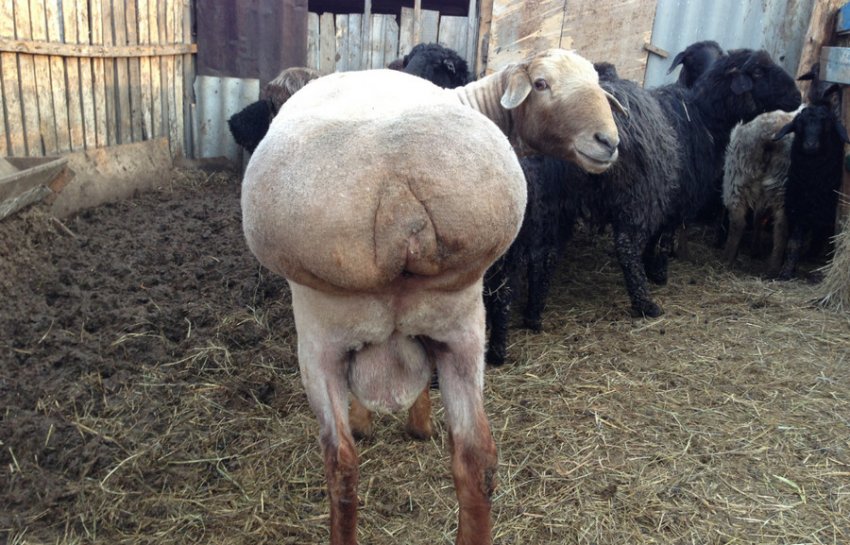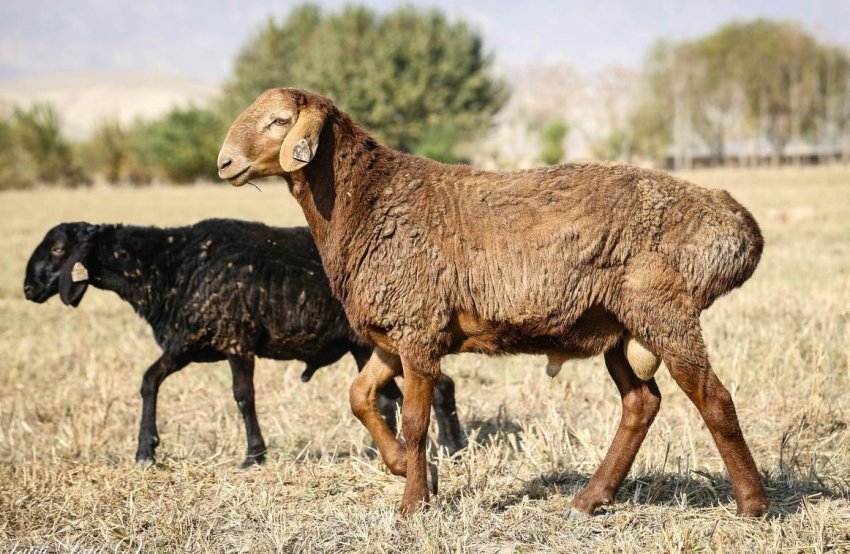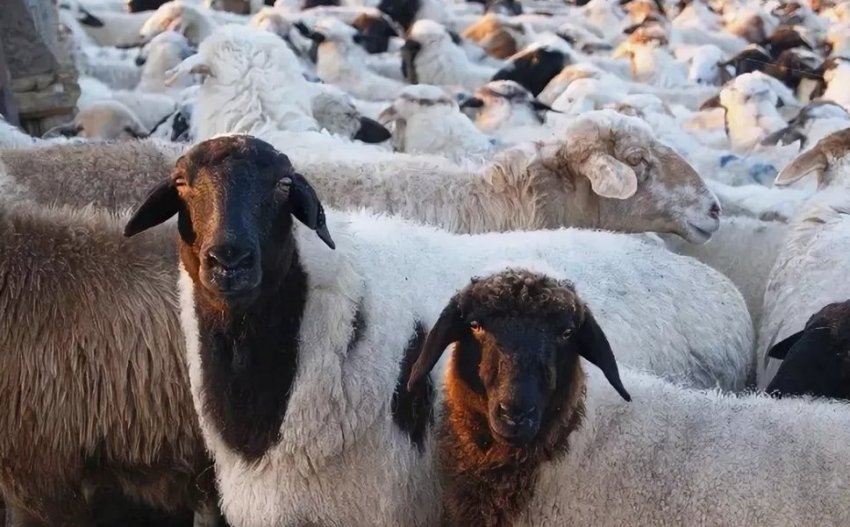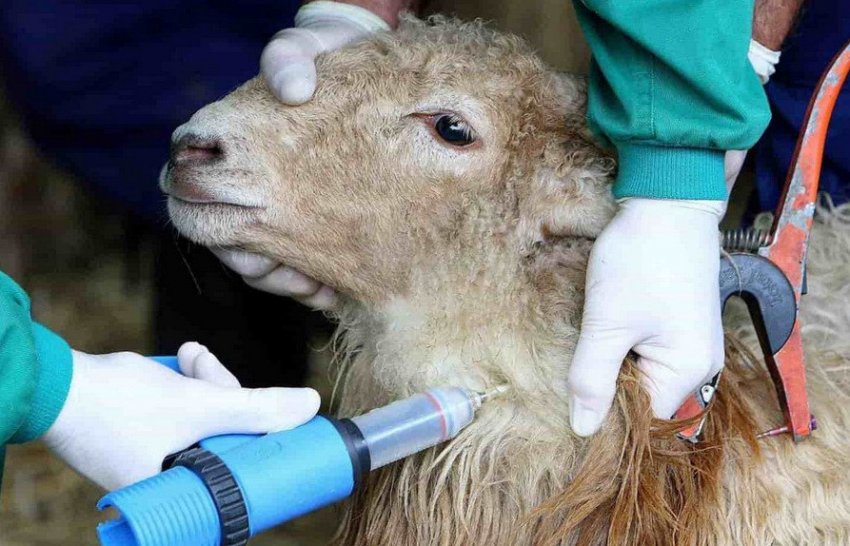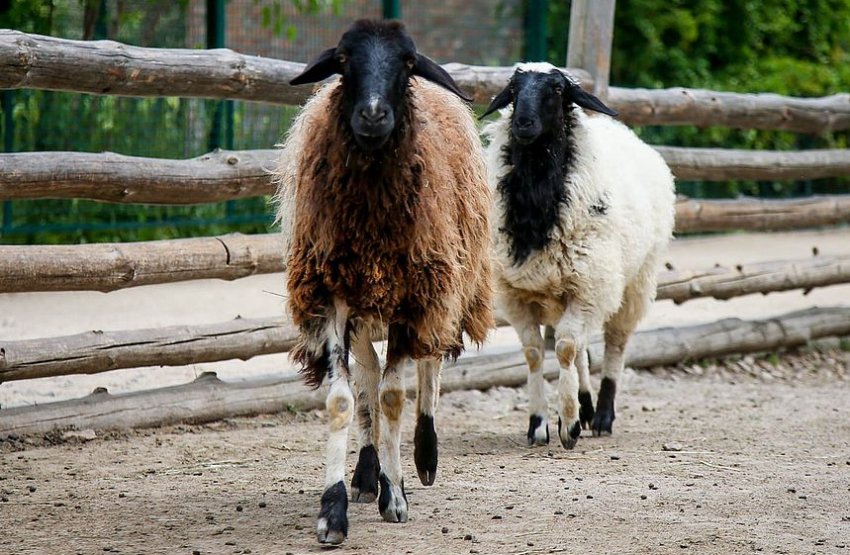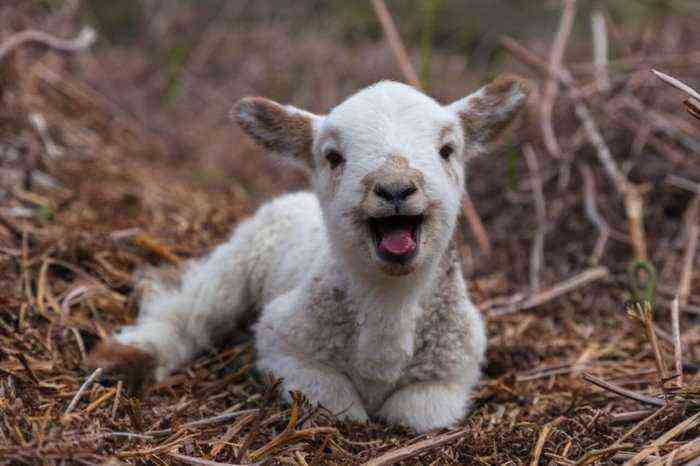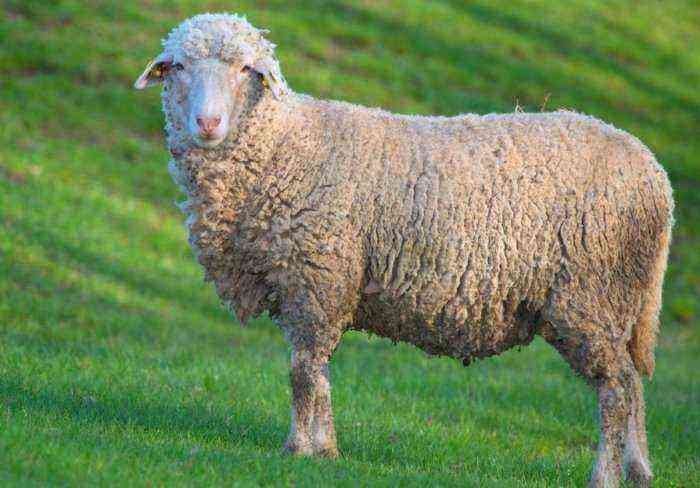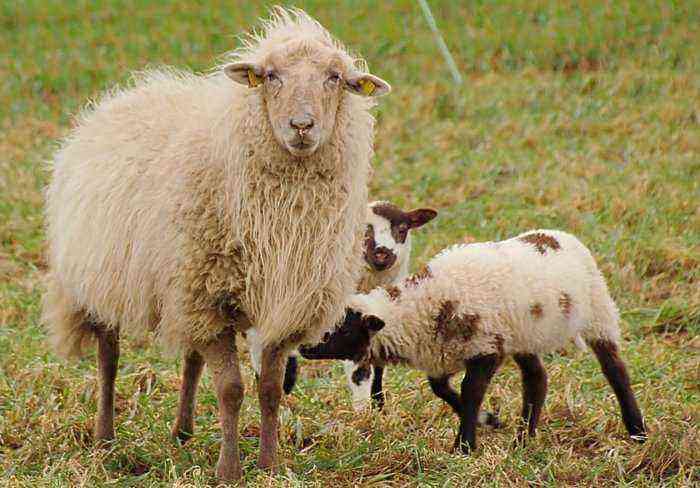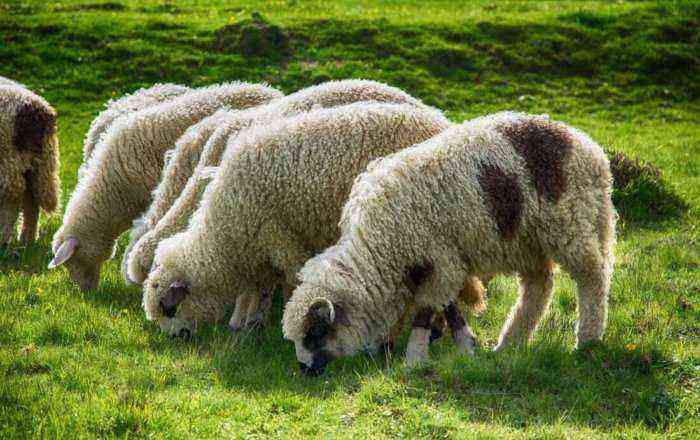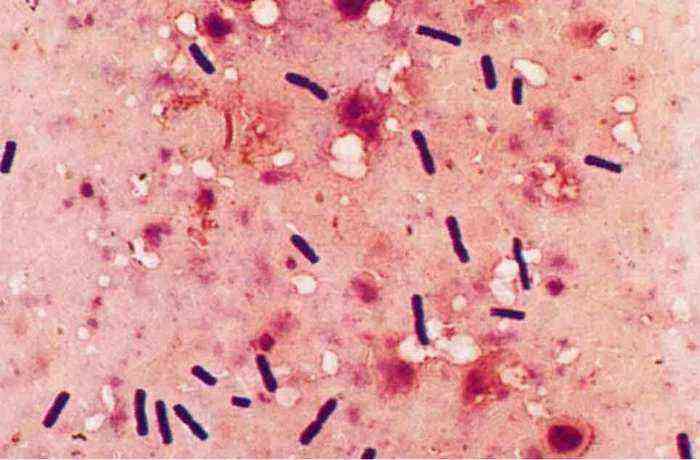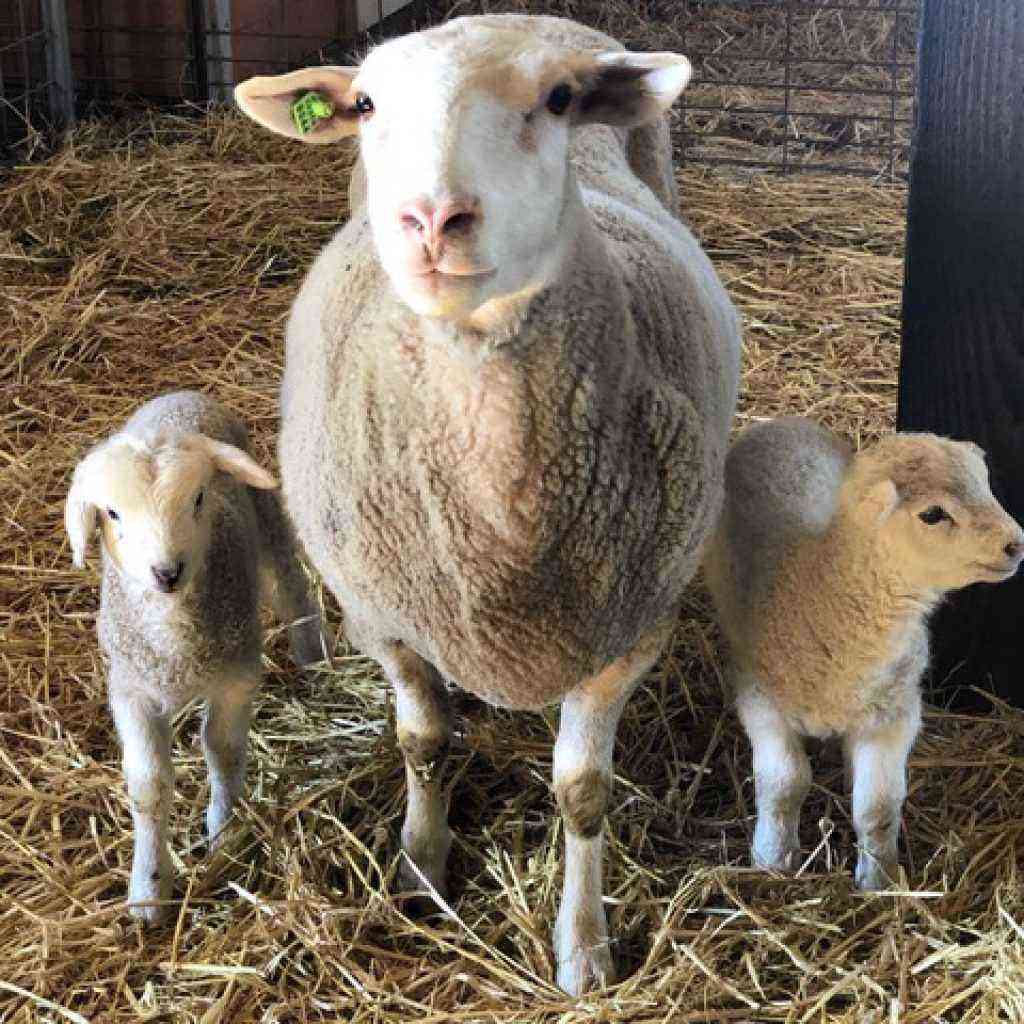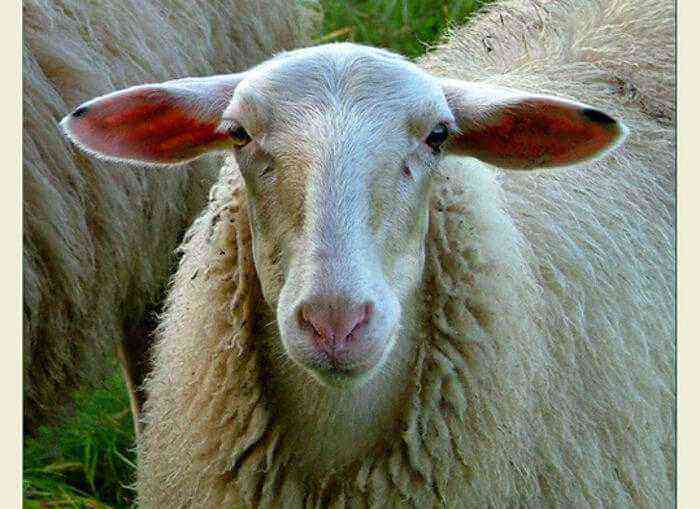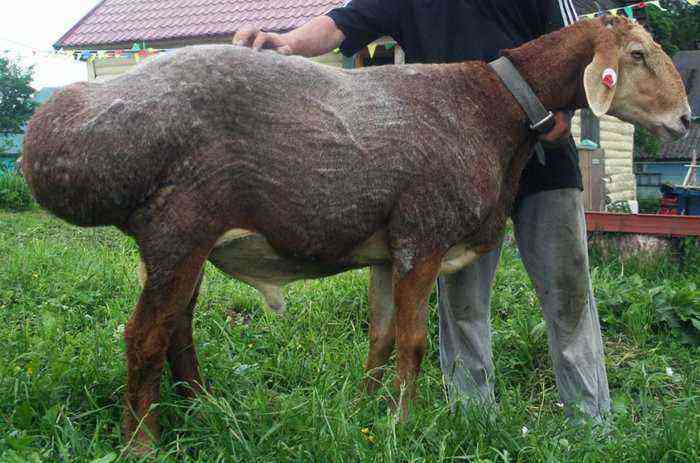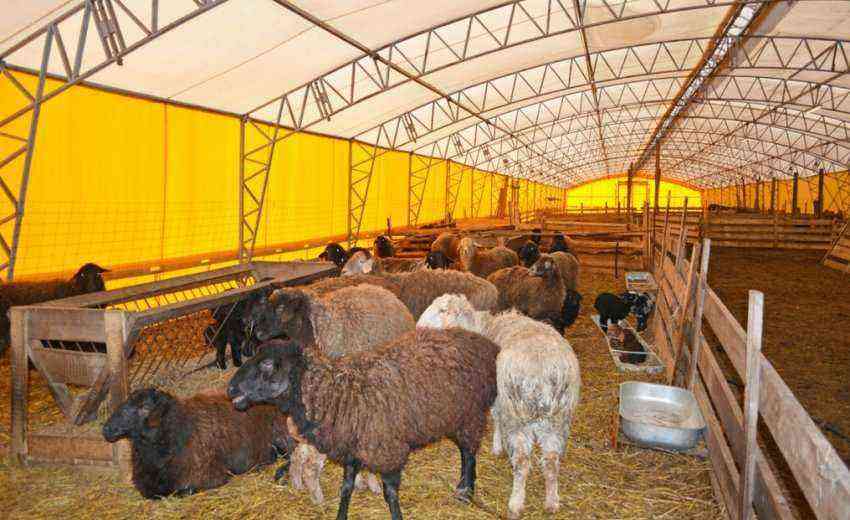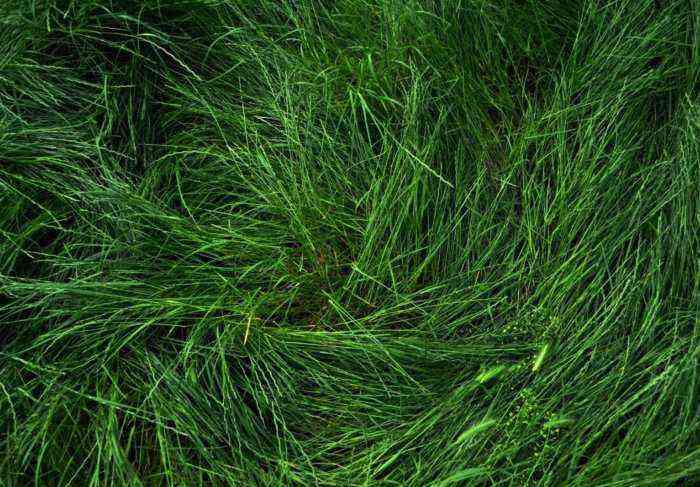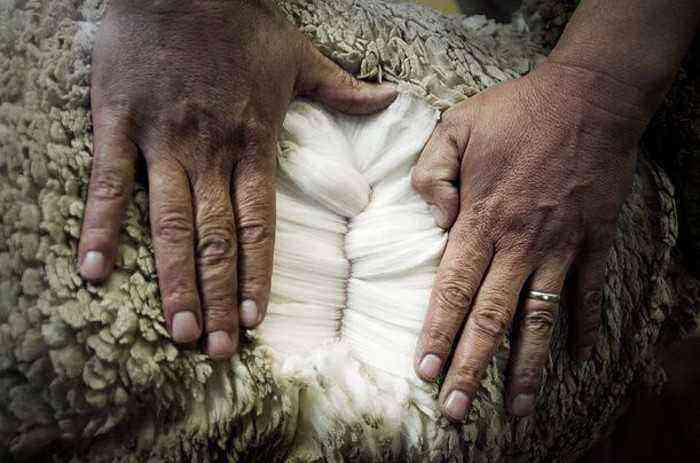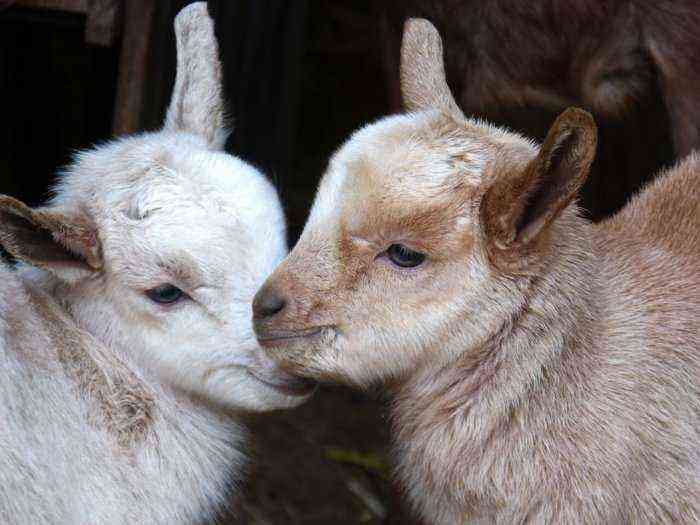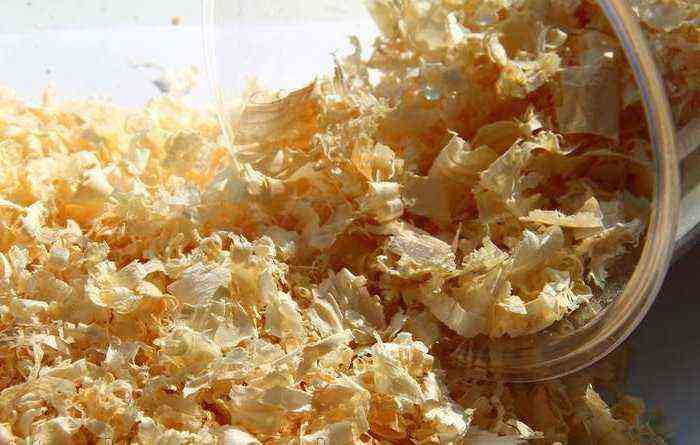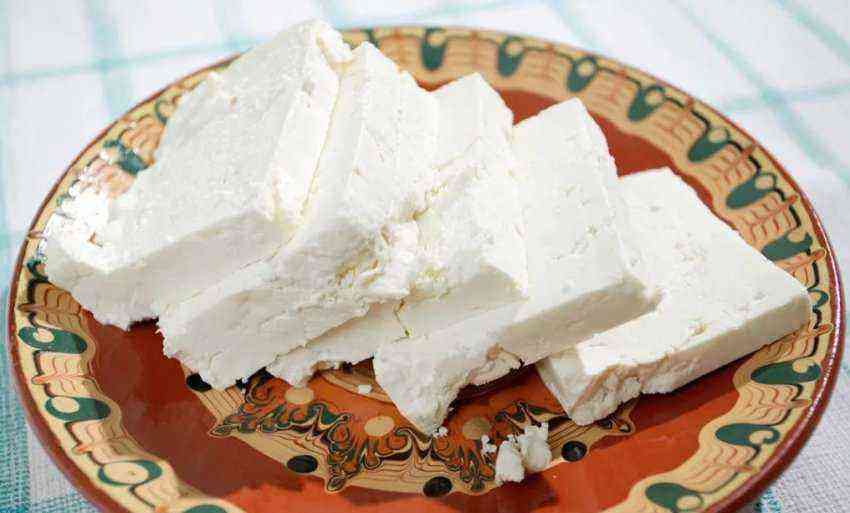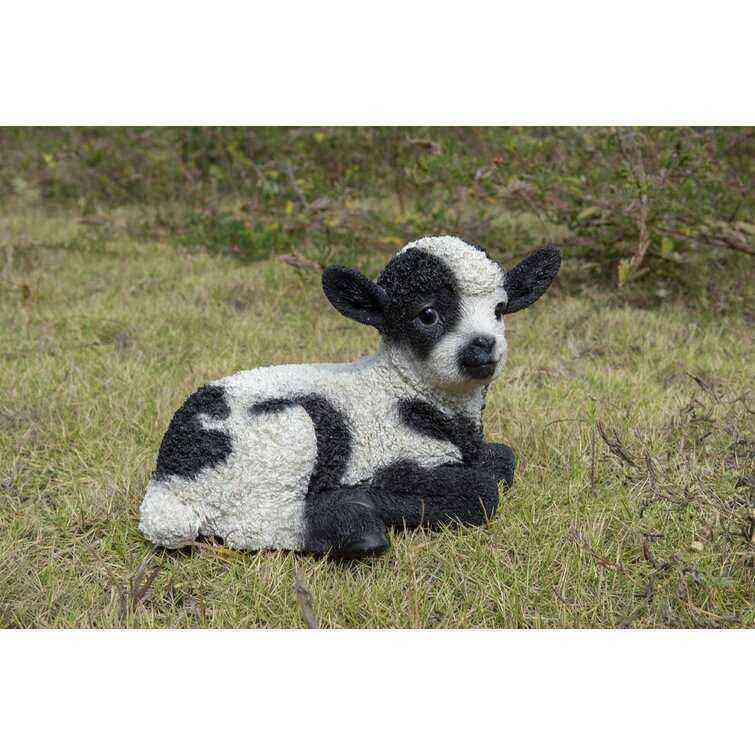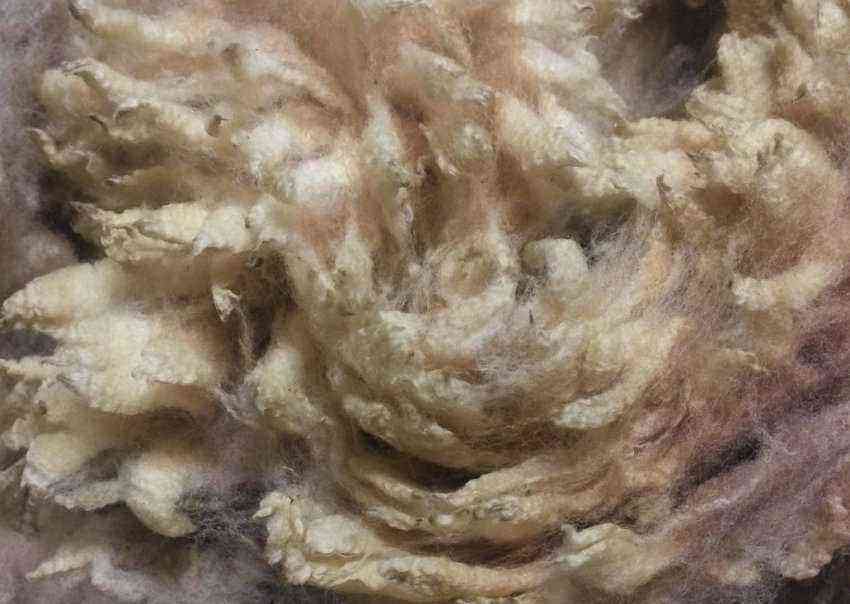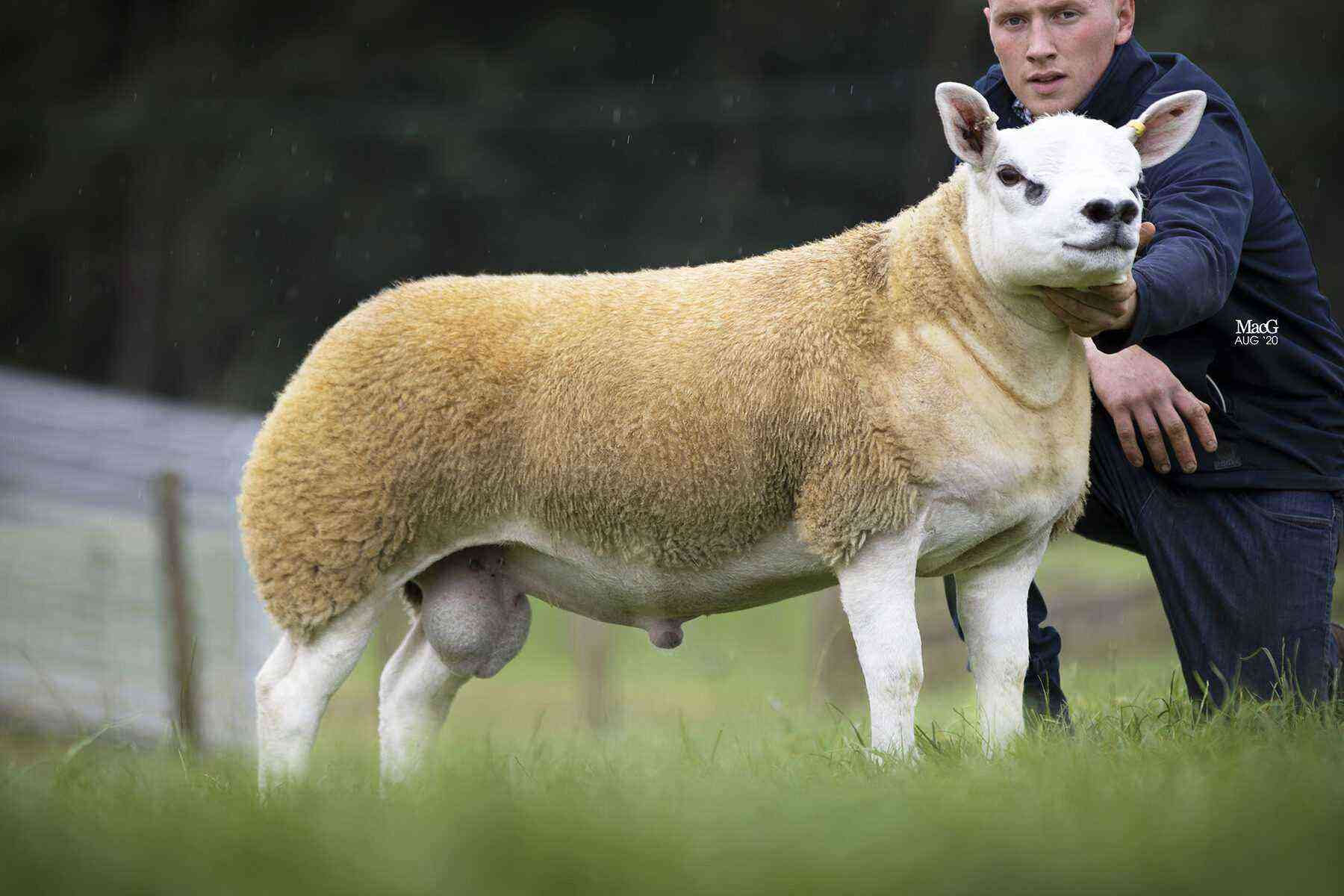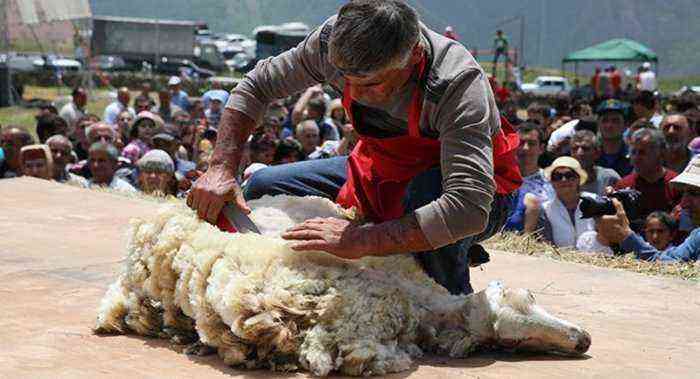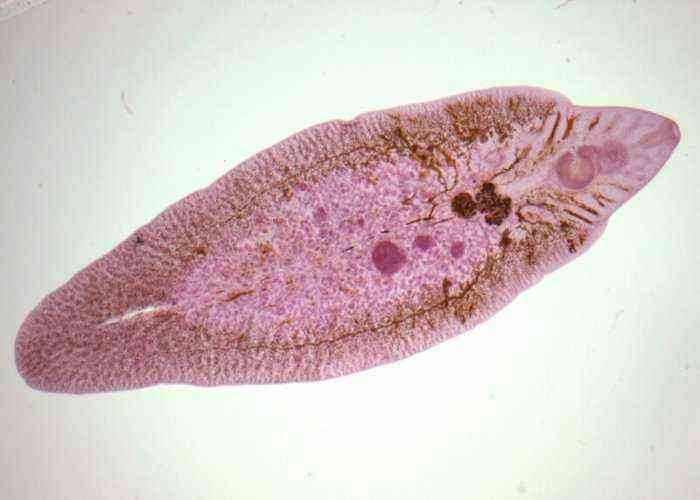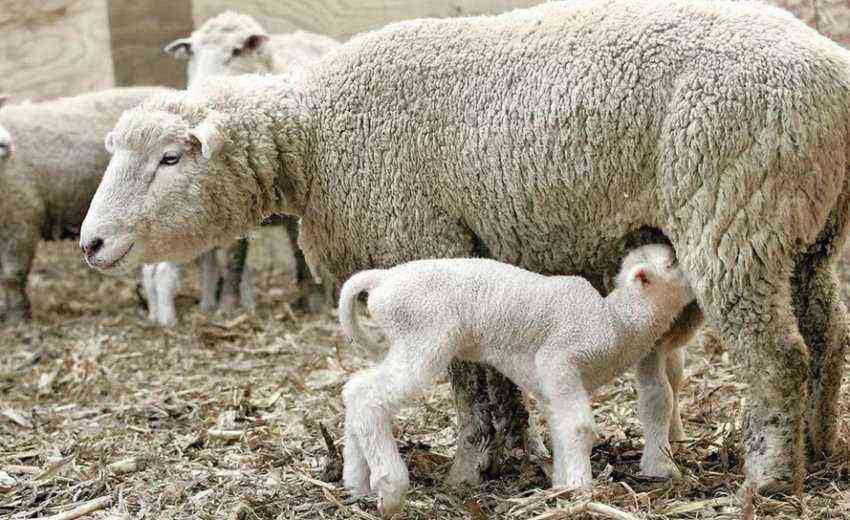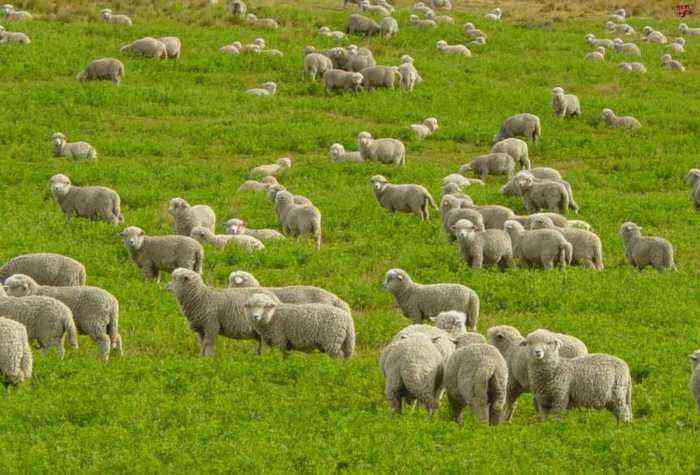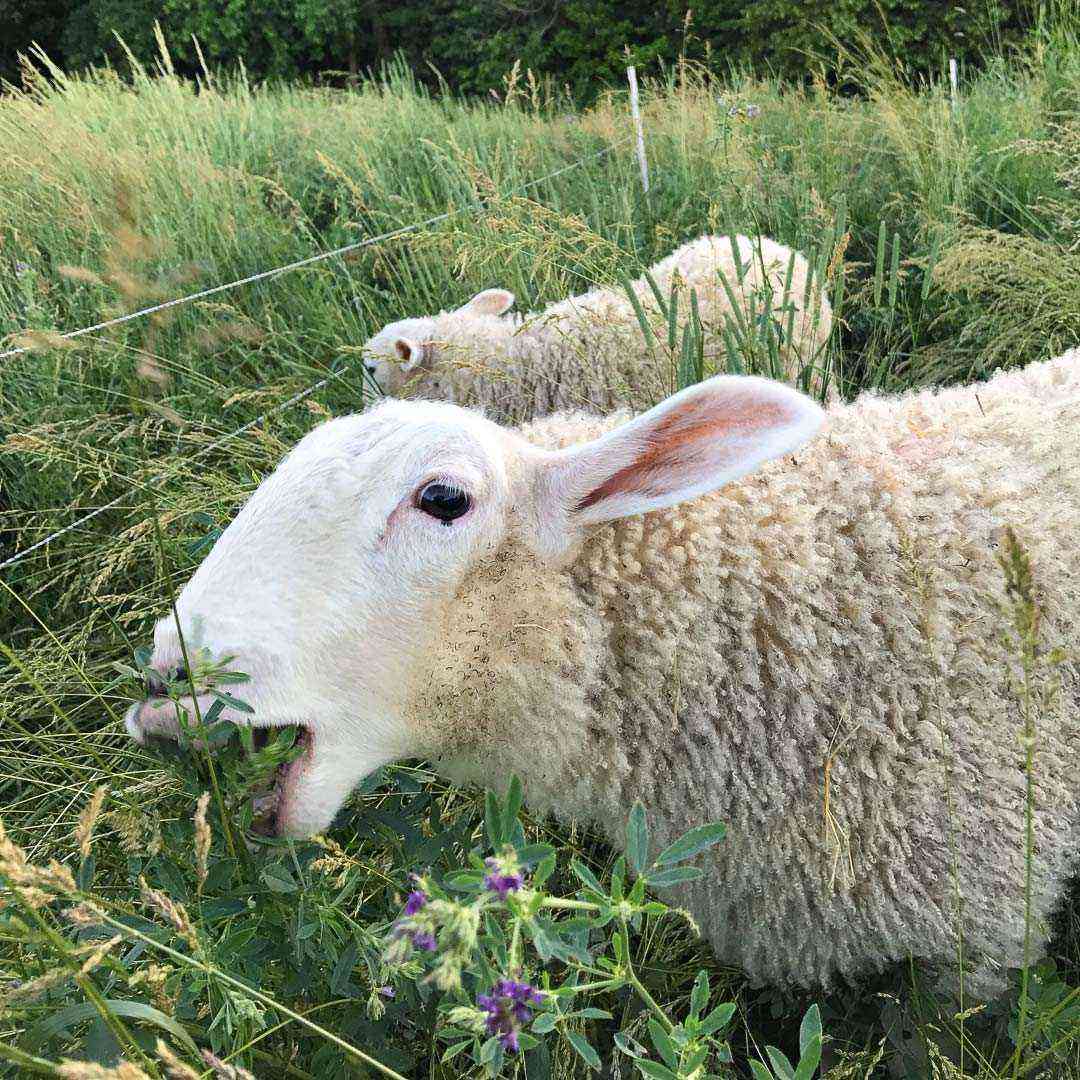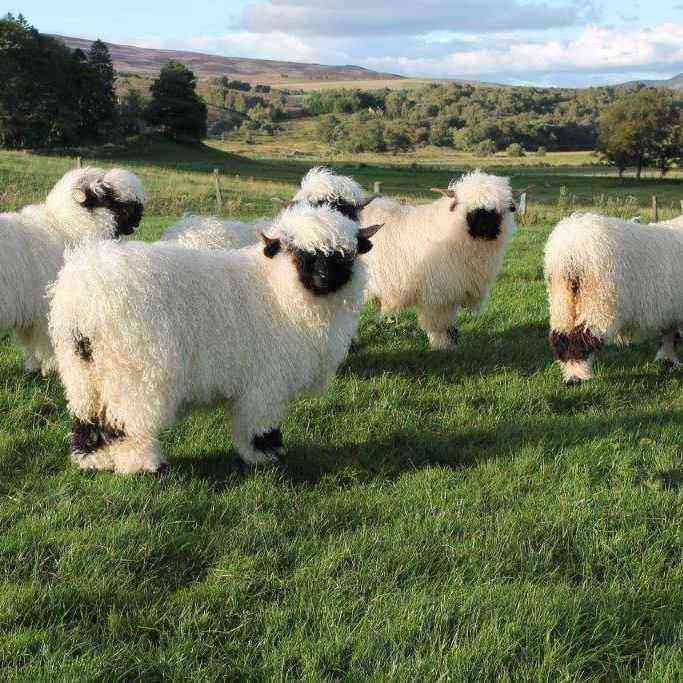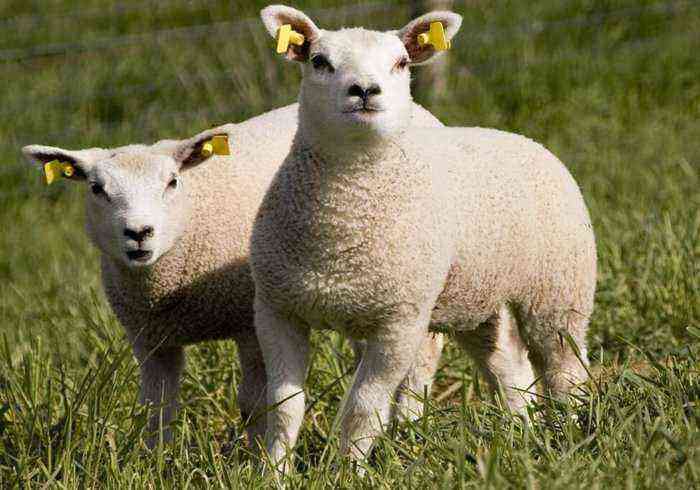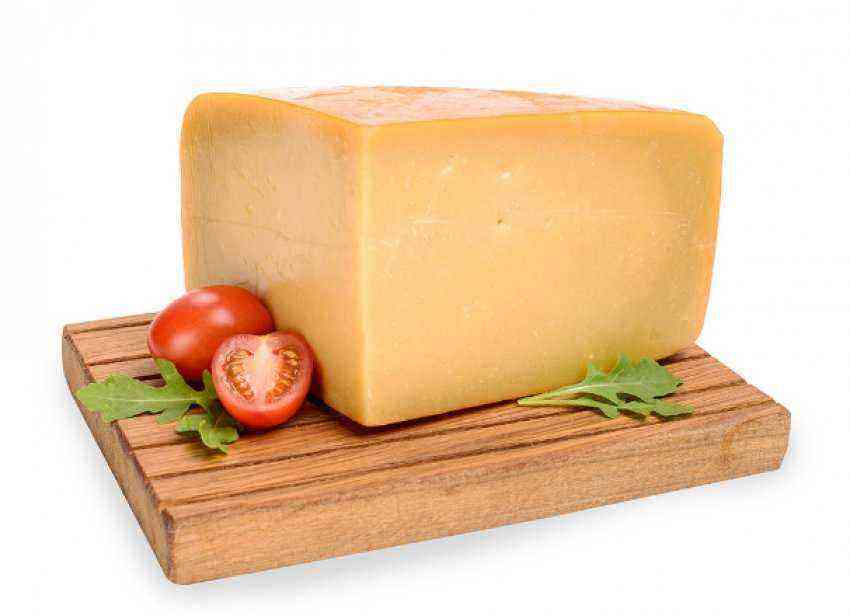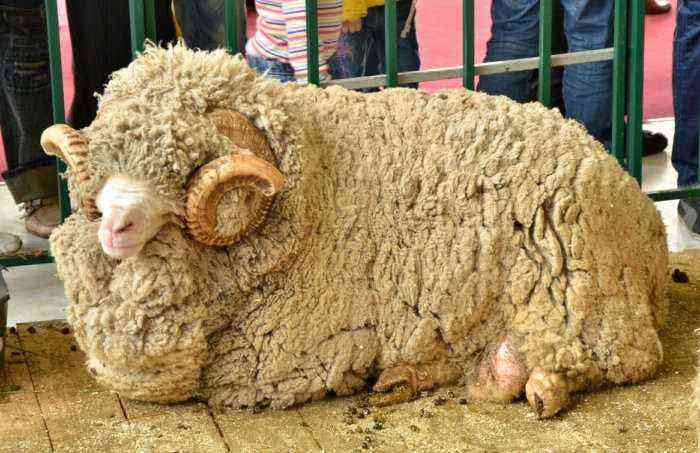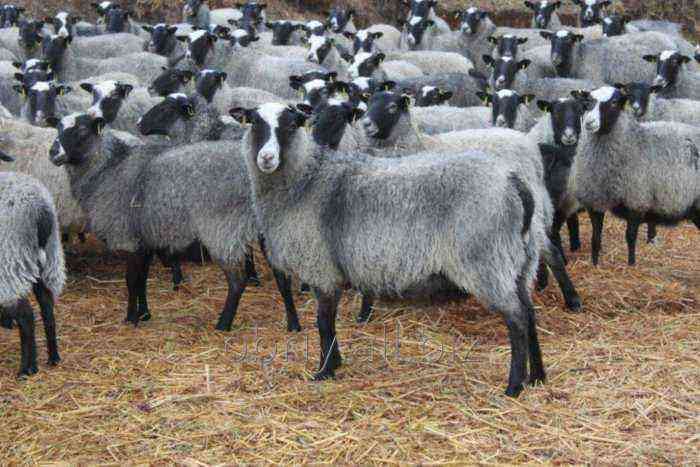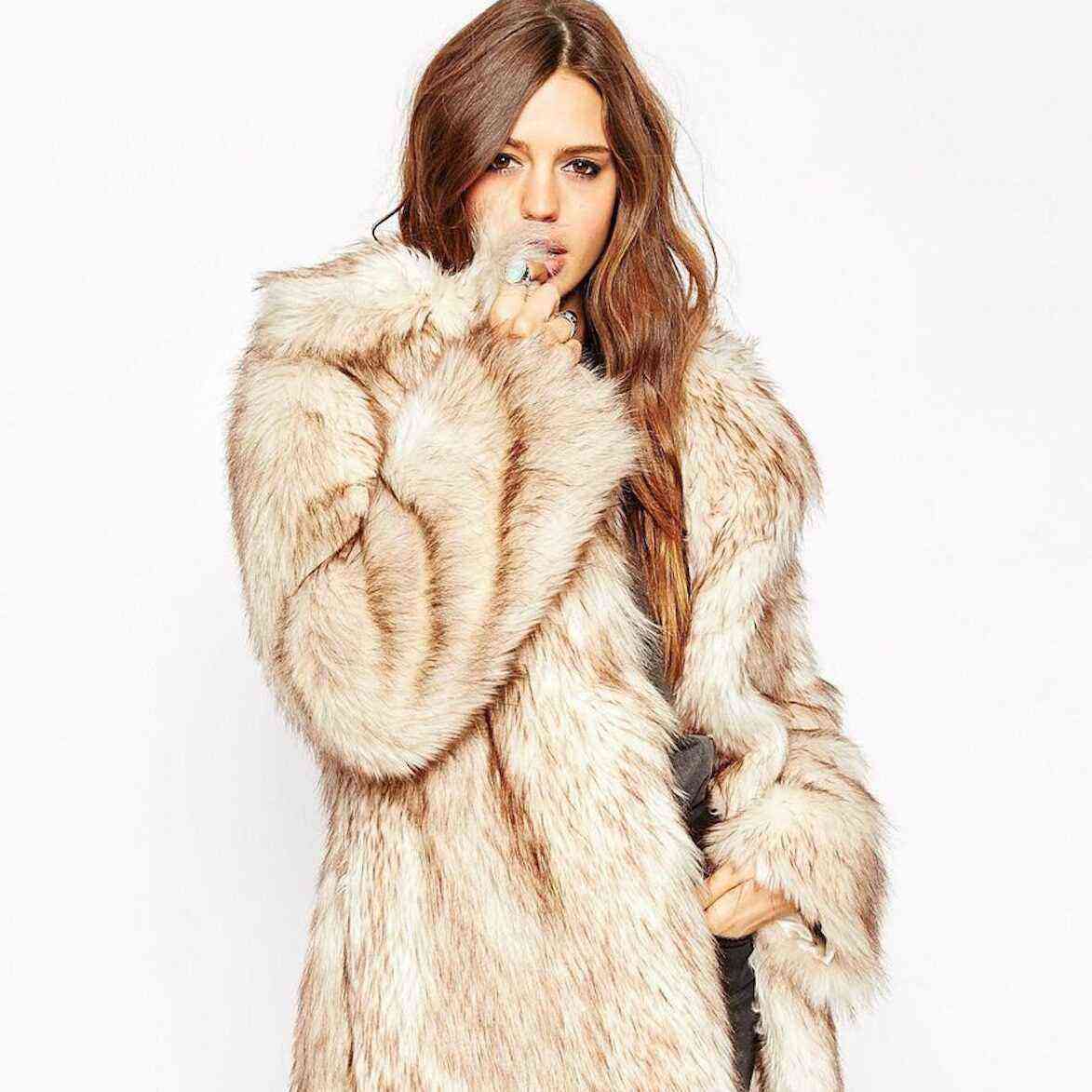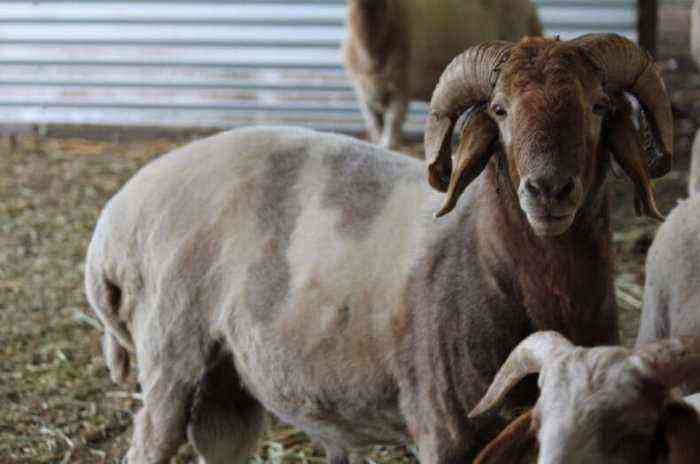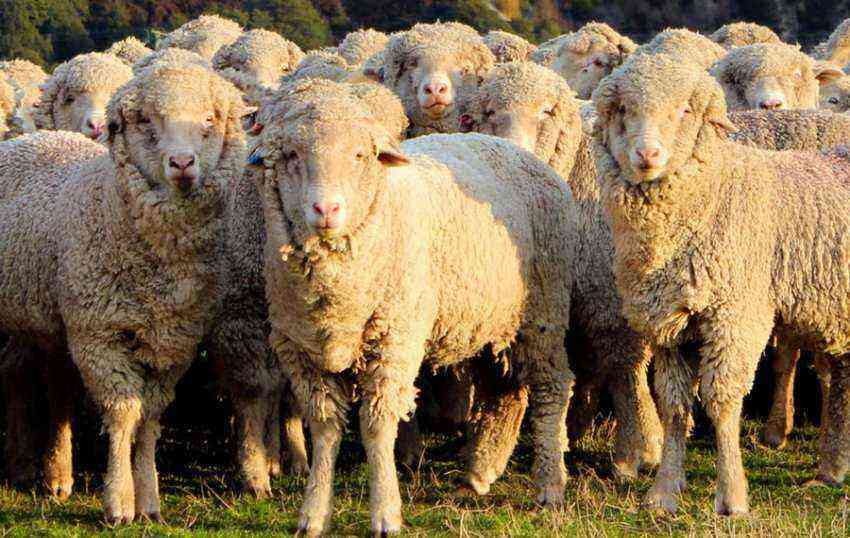Recently, sheep breeding is gaining considerable popularity. Animals are grown both in private farms and for commercial purposes, making a considerable profit. In addition to delicious meat and milk, from which elite expensive varieties of cheese are made, sheep and rams provide excellent wool, which serves as a material for the production of environmentally friendly clothing. Among the whole variety of breeds, fat-tailed sheep, which are distinguished by high characteristics, are especially valued.
Fat-tailed sheep/ram
This variety got its name due to the presence of a fat tail in the structure of the body – a kind of fat “bag”, which is formed starting from the sacrum and ending on the first 5 vertebrae from the base of the tail. Kurdyuk consists of two halves, covered with wool in the upper part, and a tail is placed between them. There is also a group of semi-fat-tailed sheep (Tushino, Karabakh), in which fat accumulates not only on the sacrum and thighs, but also in the tail around its skeleton.
According to the general description, the usual weight of the fat tail is about 8–10 kg, but, depending on the breed, it can reach 30 kg. During the fattening period, fat is deposited here, a large supply of vitamins, minerals and moisture, which then help the animal survive when nutritional problems arise. With this feature, fat-tailed rams are somewhat similar to camels, only in those deposits are formed in the form of humps, and in sheep – in the form of protruding sebaceous seals on the pope.
Did you know? Fat tail fat has the properties of an excellent preservative. To keep fresh meat in warm climates, it was rubbed with this product.
Fat tail fat is widely used in the preparation of traditional oriental meals, as well as rubbing for colds..
Humanity has been raising this type of sheep since the XNUMXth century. For the most part, they were previously bred in Asian countries, but now these animals are widespread in other regions.
Main characteristics
The average height of fat-tailed sheep and rams is about 1 m. Weight varies depending on the breed, but the approximate data is as follows: the average weight of a female is about 70 kg, a ram is 80–90 kg, and under good care conditions, the mass may exceed these figures. Animals look quite interesting: they have a strong body on long thin legs, a relatively small elongated head with drooping ears, and horns are most often absent.
The coat is quite hard and thick, always monophonic, it can be black, gray, brown, and sometimes red.. It is used to make carpets and blankets. Fleece of a higher quality becomes a good material for the manufacture of sheepskin coats, elite fur products.
The meat of fat-tailed animals is considered a delicacy. It is tasty and nutritious, the carcass of young lambs, up to six months old, is especially appreciated. By this time, the weight of the lamb can reach 35 kg, so there is something to eat.
Advantages and disadvantages of the type
Fat-tailed sheep are found on pastures much more often than other varieties.
- This is explained not only by the fact that animals bring many benefits (they give milk, meat, lard, a large cut of wool), but also by a large number of positive characteristics that nature has awarded them, namely:
- amazing endurance – it’s not at all scary if the pasture is located far from the place of deployment of animals, because fat-tailed sheep and rams can easily cover distances of up to 500 km;
- undemanding to the diet – animals can live on only pasture for about a year;
- adaptation to different temperature regimes, due to which individuals are grown in the northern and southern regions, in the mountains and on the plains;
- animals are intensively fed, quickly gaining good weight;
- preservation of a good condition with a lack of nutrition, thanks to the deposits in the fat tail;
- disease resistance.
Did you know? Sheep and rams remember their shepherd well. If during grazing two flocks of sheep mix, then at the first call of the shepherds, the animals will disperse to their owners.
If we talk about the shortcomings, here we can distinguish, perhaps, the only negative is the inability to independently find the way to the stall if the animal has strayed from the herd. This trait is inherent in all sheep.
Breeds of fat-tailed sheep
Fat-tailed rams and sheep equally successfully take root and breed in different regions – in the mountain ranges of the Caucasus, on the northern plains of Russia and in the Crimea. By crossing, various meat-fat breeds were bred, among which the most popular are the following: Hissar, Edilbaev and Kalmyk.
Гиссарская
Breeding of the Gissar breed was successfully started on the territory of Uzbekistan. Its representatives are one of the most powerful, the maximum weight of an adult male can reach 190 kg, females – 130 kg, and a young 4-month-old lamb – approximately 50–60 kg. About a third of the total mass of the animal can be fat tail. The yield of meat after slaughter is quite high, it is about 60% of the carcass weight.
Important! Sheep and rams of the Hissar breed — the most massive, however, it is not advisable to grow individuals older than 5 months of age, since their wool is of poor quality, and the meat of older animals loses its tenderness and juiciness.
The Uzbek breed has average wool collection and milk yield. No more than 2 kg of hard fleece is sheared per year, which is practically of no value, but only carries the threat of possible insect attacks during hot periods. The color of the coat often depends on the region: it can be black or brown, dark red. A female ewe produces about 140 liters of milk per year.
For one lamb, a ewe can give 1 lamb, and only in rare cases two are born.. With sufficient nutrition, which includes both milk and vitamin pasture grass, lambs grow quite quickly, gaining weight up to 6 kg by 70 months.
History of the Gissar breed Uzbekistan Direction Meat Weight of an adult, kg
– male
– female
190
130
Birth weight, kg about 6 Growth, g/day up to 500 Meat quality Lambs are soft, with a pleasant taste.
In an adult, it is more rigid, with a specific smell.
Slaughter meat yield, % 60 Milk yield, l 120 Milk fat content, % 5–9 Wool shear per individual, kg 2 kg
Edilbaevskaya
The most hardy domestic breed with a large physique with a developed sternum. During grazing, it stores a large amount of nutrients, gives a lot of high-quality wool and full-fat milk. The weight of an adult ram reaches 145 kg, and sheep – 110 kg with an average height of up to 90 cm. A young lamb at the age of 4 months weighs up to 40-45 kg. After slaughter, about 50-55% of pure lamb meat is obtained from one animal, and the meat of young lambs, which still feed on mother’s milk, is considered the most dietary.
The main colors of the breed are black and red, and black ones have their own peculiarity – they occupy a leading position in terms of wool. Breed Edilbaevskaya precocious – the young are quickly fattened, gaining weight and accumulating fat. The annual milk yield of a sheep is 180 liters, wool is sheared about 3,5 kg.
Edilbaevsky sheep are not distinguished by high fecundity – one female gives 1-2 lambs a year, less often – three.
History of breed Edilbaevskaya Uzbekistan, Kazakhstan Destination Meat Weight of an adult, kg
– male
– female
145
110
Birth weight, kg 5,5 Growth, g/day up to 600 Meat quality Lambs are soft, with a pleasant taste.
In an adult, it is more rigid
Slaughter meat yield, % 50–55 Milk yield, l 180 Milk fat content, % 5–9 Wool shear per individual, kg 3,5
Kalmyk
Kalmyk fat-tailed rams were brought to the territory of European countries from Mongolia and Western China. Compared to other breeds, they have a coarser fine coat and a large fat tail, which begins its formation from the lumbar region and passes to the rear Poles. Some males have antlers in their infancy.
For the most part, the breed has a red color, although there are also white representatives who are in considerable demand in the industry.
Animals – one of the largest of its kind, the weight of an adult ram reaches 140 kg, ewes – up to 90 kg. A lamb aged 16–18 months weighs more than 45 kg.
After slaughter, up to 70 kg of fresh meat is obtained from a ram, about 45–50 kg from a sheep, and up to 20–25 kg from a lamb. The meat of young individuals is mainly valued – tasty and tender, it loses its quality over the years, acquiring a greasy taste.
The annual milk yield is about 100 liters, wool is sheared no more than 3 kg.
The Kalmyk breed of sheep does not belong to multiple. As a rule, the ewe gives one lamb, and only in 4% of cases twins can be born. Lambs quickly gain weight – in 1,5 months, the gain can reach 0,5 kg daily.
History of the breed Kalmyk Russia Direction Meat Weight of an adult, kg
– male
– female
140
90
Birth weight, kg 5,5 Growth, g/day up to 500 Meat quality Lambs are soft, with a pleasant taste.
In an adult, it is more rigid
Slaughter meat yield, % 55–60 Milk yield, l 100 Milk fat content, % 5–9 Wool shear per individual, kg up to 3
Features of keeping fat-tailed sheep
During the summer period, animals are kept in natural conditions on pastures, where they organize separate places for spending the night, equipped with shelter in case of rain. With the onset of autumn, the flock is moved to the stall. Fat-tailed sheep and rams prefer dry, spacious rooms, protected from drafts, with an air temperature of at least + 5 ° С. There must be good ventilation so that the animals do not suffocate from ammonia fumes.
Bedding must be kept clean and dry as moisture and mold can adversely affect the health of the flock. It is advisable to cover the floor with sawdust or dried grass, changing the coating daily. Be sure to install drinking bowls, the water in which is changed 2 times a day. Every day you need to clean the entire room.
This type of sheep has a high immunity to diseases, however, in order to avoid trouble, animals require periodic veterinary examinations and preventive vaccinations against infectious diseases. You also need to watch the hooves and coat. In the spring-summer season, animals are bathed periodically (1 time in 1,5–2 months) and their hooves are cut 2-3 times a year so that lameness does not develop.
Important! Do not feed fat-tailed sheep with sugar beets — because of this product animals can become diabetic. You also need to avoid getting into the food grass cut in the swamp, and frozen vegetables, which lead to death.
In the warm period of time, fat-tailed rams feed on the pasture. Even if the grass does not differ in the density of the cover, this is quite enough for animals. When moving the herd to the wintering quarters, the task of the farmer is to provide the animals with good nutrition. As a rule, in the morning they are given solid food, in the afternoon – balanced compositions of concentrates, and in the evening – hay. Vitamin supplements in the form of raw hard vegetables are also introduced into the diet.
Breeding fat-tailed sheep
Breeding fat-tailed sheep is a rather profitable business, in which the invested capital pays off and multiplies very quickly. One thoroughbred ram is able to fertilize the entire herd, therefore, no more than 2-3 individuals are usually kept in a flock.
A fertilized female bears a lamb (lambs) for about 150 days. Lambing usually goes without problems, while from 1 to 3 lambs can be born at the same time. The female is provided with a separate enclosure, the temperature in which should be at least + 17 ° C. A few days later, newborn lambs can graze quite independently, while they quickly increase their mass and by the age of 6 months gain 70% of the weight of an adult animal. When the lamb reaches 4 months, it is taken from its mother to the flock.
Breeding fat-tailed sheep has a lot of advantages, which can be safely attributed to great profitability at low cost. Scientists have proven that sheep are able to determine the presence of hormonal additives in food and do not consume such products, therefore they are recognized as the most environmentally friendly animals.
